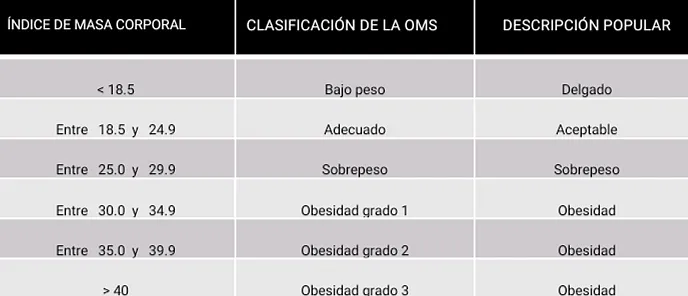ByOnlinecourses55

Body composition - nutrition
Body composition represents parameters such as weight, height, shape, sex and body perimeters. These indexes give access to the percentages of fat, muscle, bone and water present in human bodies.

The objective of studying body composition is to obtain an objective notion of nutritional status, which allows to quantify the body reserves of the organism, in order to discover and solve nutritional problems such as the following:
Body compartments:
In addition to water which accounts for more than half of the body weight, with its highest concentration being located in metabolically active tissues, the other two essential components of our body are:
Lean tissue: It is composed of bones, muscles, extracellular water, nervous tissue and all other cells that are not classified as fat cells. Muscle mass is the most significant component and through it the nutritional status of the protein is projected.
Variations in lean tissue content:
Adipose tissue: fat plays an important role in hormonal metabolism, as well as in the accumulation and defense of the organism. The difference lies in where it is contained, subcutaneous fat generates larger stores and internal or visceral fat.
Variations in fat tissue content:
Techniques for assessing body composition: Anthropometric techniques: this is the most popular technique for determining body composition. It is based on a very simple system of measurements such as weight, height, length of the extremities, and body perimeters, among others. With the notion of these parameters, different indexes can be calculated to evaluate fat-free mass and body fat.
Among the anthropometric techniques, the following stand out:
Body mass index [BMI]: it is a useful parameter to determine body composition. The BMI allows the classification of people into underweight, normal weight, overweight and obese, based only on height and weight. It does not consider age, sex, body fat percentages or muscle mass.
The [BMI] is calculated as follows:
For example: to determine the body mass index of a man who weighs 120 kg and has a height of 1.92 m, the following procedure is carried out:
Classification of persons according to body mass index, according to the World Health Organization:

In some cases these indexes do not directly project body composition. Examples:
Want to know more about holistic nutrition?